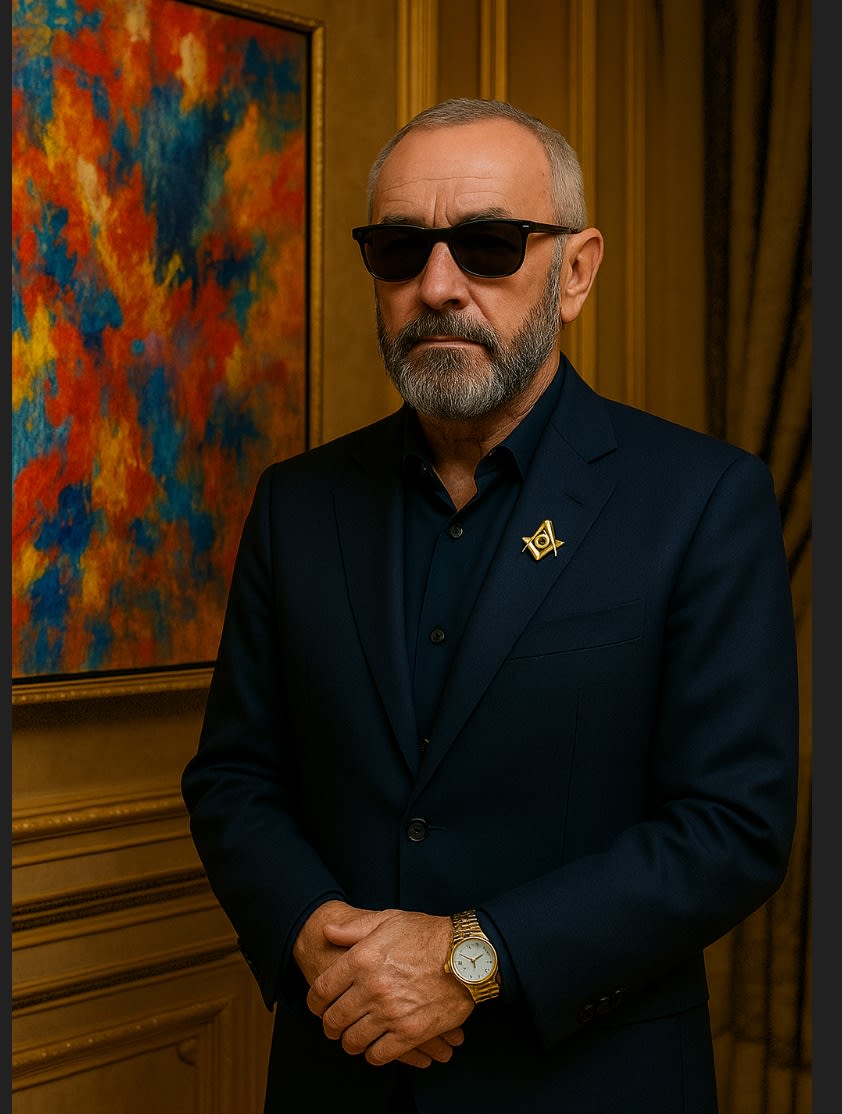
In the world of contemporary art, there are characters who cannot go unnoticed. Not because they shine, but because they take up all the space. Men whose presence is defined not by vision or insight, but by noise, agitation, and a frantic hunger for validation that eventually renders them invisible.
You’ll spot them in Hong Kong during art week, at openings, sometimes even at collectors' dinners , invited more out of strategy than esteem. They always have a story to drop, a success to repeat, a rival to name. They speak a lot, but say very little. They seek the spotlight but cast a shadow. These are the Excluded Narcissuses: tragic figures of the art market’s theater, forever chasing applause that never lands.
One of them , let’s call him Didier never forgets a door once closed. He may build galleries, sign artists, pose between monumental sculptures In Venise ... but nothing erases the sting of having once been left out of a coveted circle. That wound, poorly healed and never accepted, becomes his compass. Anything he doesn’t control becomes suspicious. Anyone who doesn’t applaud becomes an enemy. Everything that escapes him must be undermined.
Didier isn’t without talent. But the more successful he becomes, the more his unfulfilled thirst for recognition eats at him. Commercial success, far from healing the wound, only exposes it further. He longs to be the dealer, the critic, and the tastemaker all at once. Yet the art world doesn’t work that way: it’s a brutal game of nuance, silence, and quiet ascent. A world of layered snobbery where there’s always someone more exclusive than you — and those who ask for space are often the ones denied it.
This internal tension spills over into his relationships with artists. Didier pressures them obsessively, making it clear that working with anyone else is a betrayal. He dresses this up as loyalty, but it’s fear. Fear that someone else will see in them what he no longer does. And in doing so, he suffocates the very creativity he claims to support.
Over time, Didier isolates himself. Not physically but symbolically. He lashes out, invents, projects. He speaks of cliques, of networks — often with veiled undertones. His social antisemitism isn’t ideological; it’s reactive. It’s the bitterness of someone who cannot accept that others move freely in a space where he feels like an outsider.
He disparages the artists who leave him, scorns the galleries who exclude him, mocks the reputations he secretly envies. And at times, consumed by his own narrative, he threatens even those who ignore him .
But Didier’s real enemy is silence. For these wounded narcissists, being unacknowledged is agony. The more they shout, the more irrelevant they become. Their craving for attention renders them inaudible.
This isn’t merely about ego. It’s a tragedy of visibility. In a world built on image, some remain forever out of focus. So they bang against the frame, convinced it’s the frame that cages their brilliance.
But the frame doesn’t move. It simply frames something else.
And Didier remains there, pressing against the glass, still convinced that the whole world is locked outside...... not him.
